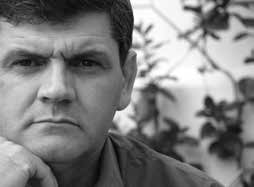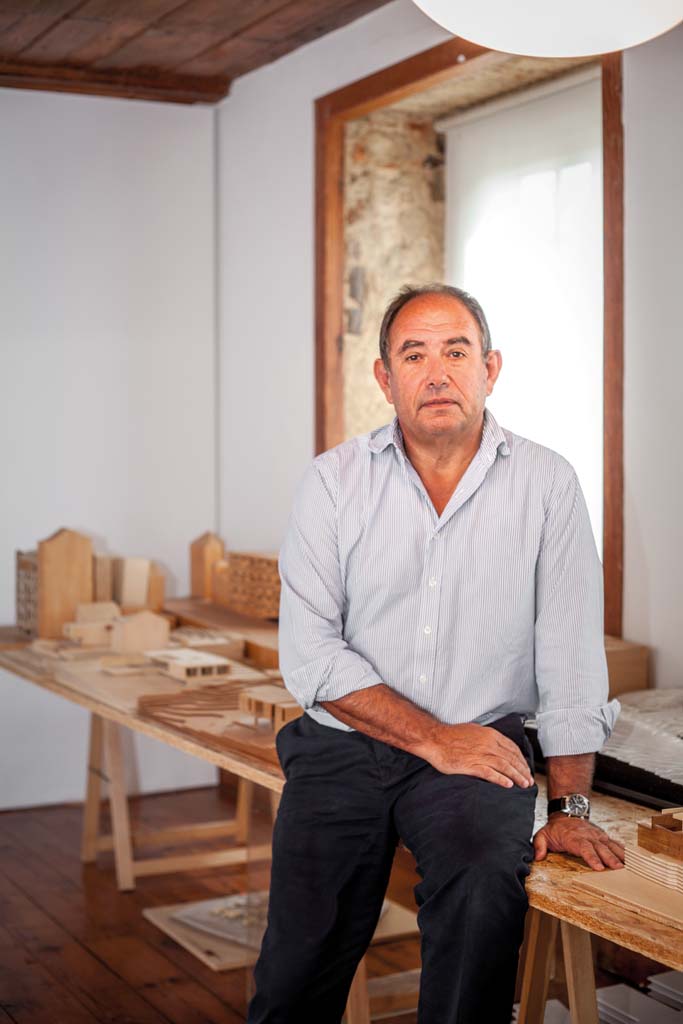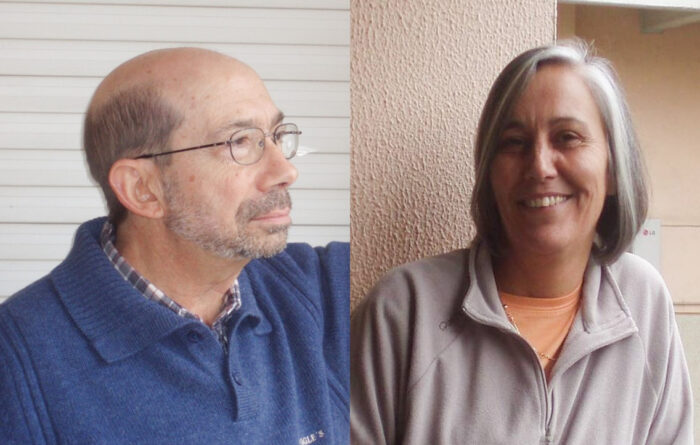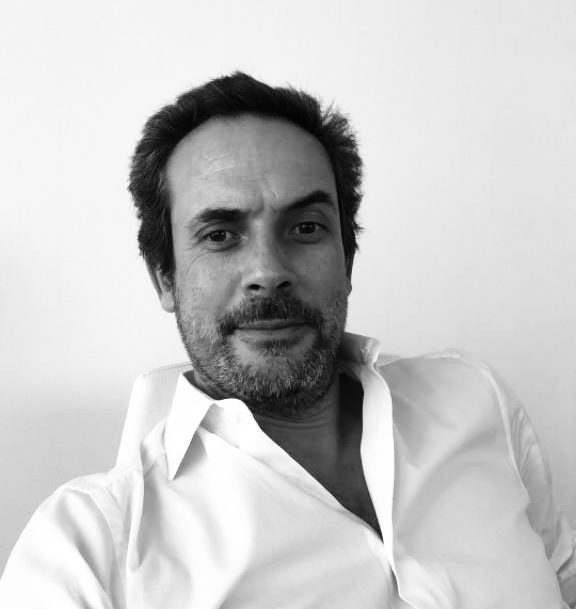A conversation with Arch. José Laranjeira

A conversation with Arch. José Laranjeira
‘The idea of a ‘master’ is something that is being lost because there is no dynamic for this kind of relationships that were established in the ateliers, when I started the profession.’
You started your career in Arch. Byrne’s studio. How do you see the initiation of the profession today?
I started with the architect Byrne in 1988/89. About 7 years ago I founded this studio, where I work with two colleagues, Ana Abrantes and Doriana Reino, but I have always been working with architect Byrne and we have a lot of work together. I owe him a lot, me and many colleagues of my generation, because he is in fact a reference, a teacher, in the true sense of the term. This is something that is being lost in the offices because there is no dynamic for this type of relationships that were established in the ateliers, when I started the profession. When I started working I still hadn’t finished the course. The school today does not allow this because it is very intense. Before, when architects graduated, they had several years of experience. Nowadays, when architects arrive at the ateliers, they have no basic training. This means that ateliers have to spend a lot of time with them, in order to teach them. Today, the pace is also very fast, the design time is not the same, and so there is less time for young architects, it is a more violent integration.
When did you start your relationship with BETAR and what characteristics do you require in the team you work with?
My relationship with Betar started at the architect Byrne’s atelier. There was already a working relationship between them, and I started working with Eng. Miguel Villar still there. It was a partnership that resulted in a good friendship, which has lasted for many years. I am very happy to have this relationship with BETAR and to see that they have such relationship with so many architects. Architecture is the work of many people, both doing architecture and engineering, it is a very vast set of knowledge. The role of the architect is to set the tone and get all these people to carry out the project in the best possible way. There has to be a commitment and a motivated team willing to do a good job. I have been very lucky with the teams I have worked with, I have met very competent and interested people, very good teams and very good engineers, who have taught me a lot, who have supported me, who have never said no and who have always believed in the goal that we had to achieve. This is fundamental.
What was the first work you felt like yours?
My first work was my brother’s house, outside of Mafra. He lives there and likes it a lot. I was still working in the architect Byrne’s studio but I did it alone. Already in the autonomous phase of my career, I did a project that I really liked, with BETAR, which was the remodeling of the Portugal Telecom building at Av. Afonso Costa, in Areeiro. This was a very interesting project because it was a building that was 30 years old and was not expected to need a complete renovation anytime soon. It was completely unsuitable for the function that was required because the technical means have undergone a very rapid evolution and the space was no longer sustainable.
I did a lot of remodeling works, several also with BETAR, within the scope of Parque Escolar, but all from the 50s or 60s. This building was really very recent and it was a very interesting challenge.
Do you consider yourself an interventional architect with the decision makers?
There is no work without a developer. Faced with a certain problem, the contractor decides to hire a team of designers but it is he who establishes the premises. It is not always what the architect wants to do, and at this stage there is a certain abuse of the situation we are in, but there are only good works if there are good owners because they are the ones who make the decisions. They may or may not accept the intentions of the projects and the ideas of the architects. It is, above all, a relationship of trust, like the doctor-patient relationship: for a doctor to do me a heart surgery, I have to trust him, there must be empathy. The contractor has to trust me and believe that I will provide him with a good service. I went to a Conference, in the Order of Architects, made by three major entrepreneurs, where one of them said that he wants the best possible project but, more than that, he wants to have a relationship of trust with the architects.
Regarding projects abroad, what are the main differences you find?
I work with the studio Costa Lopes Arquitetos which does many projects abroad and there are many differences. In the case of Angola, as it is a different culture, there are very different ways of acting, the project time is shorter, the project is faster to do and undergoes many changes during the construction process. Acting in Europe is very institutionalized, we have to comply with a program and a budget, there are very clear rules, the designed project is what will be built. In the experiences I have had outside Europe, this does not always happen, the market is very volatile. It is very difficult to work like this because it is very unstable but still it is very interesting to work outside, in other realities. It has been a very rewarding and challenging experience.
Was there any reaction to your work that surprised you, positive or negative?
The most interesting day of the construction is when they start functioning. I have already had criticism, mainly due to expectations that were created but not fulfilled. In some of the schools we recovered, people thought they were going to have a super sports hall, but there was no budget for that. Fortunately, I have not had many negative criticisms because I have managed to create good relationships on the construction site, which is fundamental because only then do I understand the ideas of the developer and the developer understands my solutions. I did a work with eng. Miguel, the C8 building of the Faculty of Sciences, which even today, almost 20 years later, whenever they need something for the building, they call me. It is curious how, after so long, they still recognize our role in the work. I am very happy with that.
This interview is part of Revista Artes & Letras # 43, June 2013
Partially automatic translation from portuguese: some expressions may differ from their actual meaning.
News & Interviews
A conversation with Arch. Frederico Valsassina
‘Architecture is closely linked to the person’s own way of being. I wouldn’t be able to present something that I didn’t feel, and more, that I couldn’t inhabit ’ Read more
A conversation with Arch. Maria João Carvalhão Duarte and Arch. Alfredo Saldanha
’We do everything: the bureaucratic part, mail, copies, run errands, decipher incompatible legislation. We aren't always fulfilling top functions!’ Read more
A conversation with Arch. Guilherme Godinho
'It is with great joy and enthusiasm that we see the habit [of tradition of proximity to the arts by companies] being reinvented by Betar; (...) I believe [that the José Mendonça Prize] will be a success and a future milestone in the cultural life of Lisbon and the country' Read more




